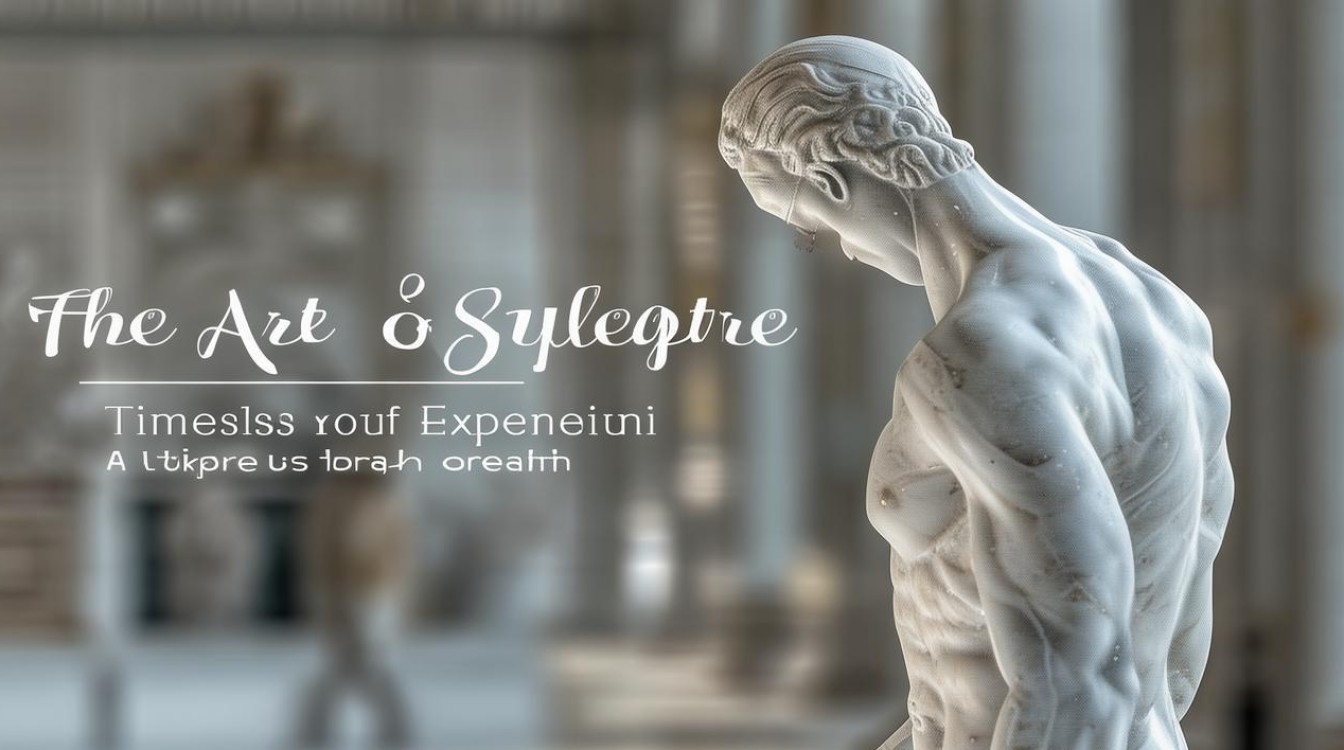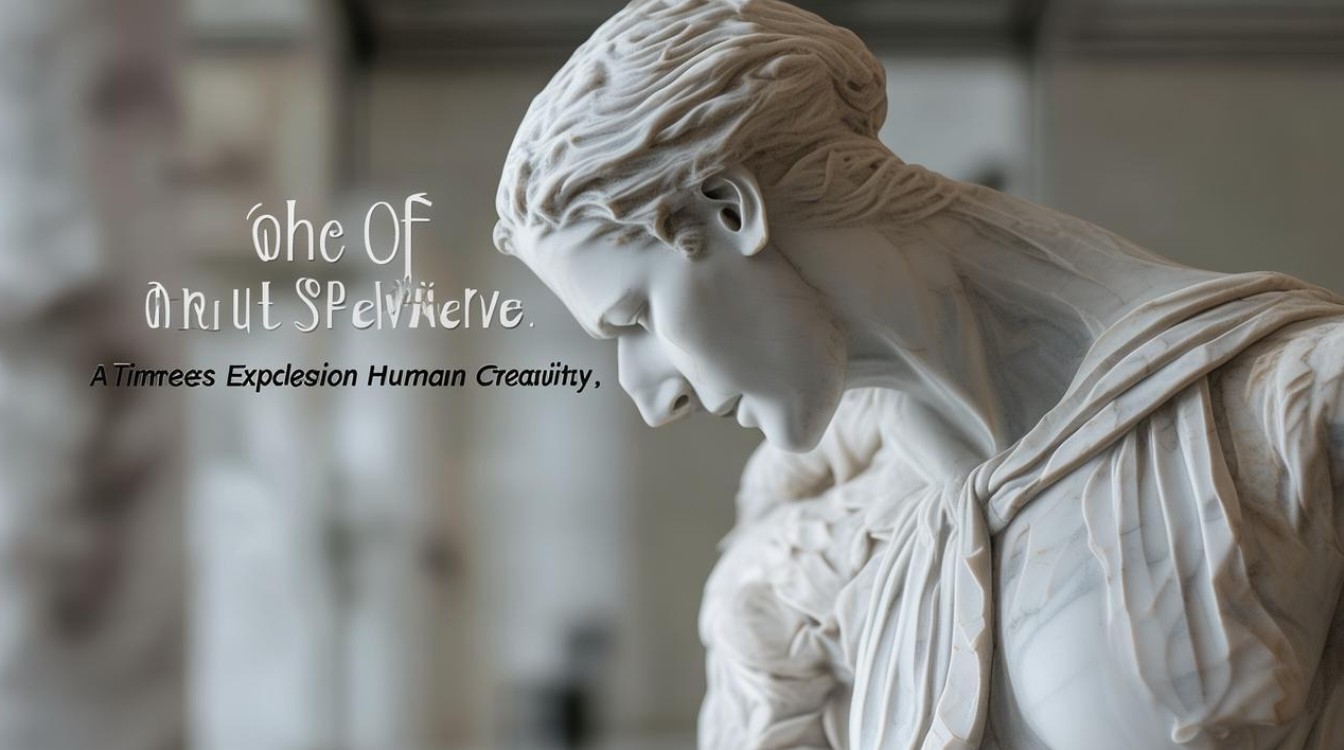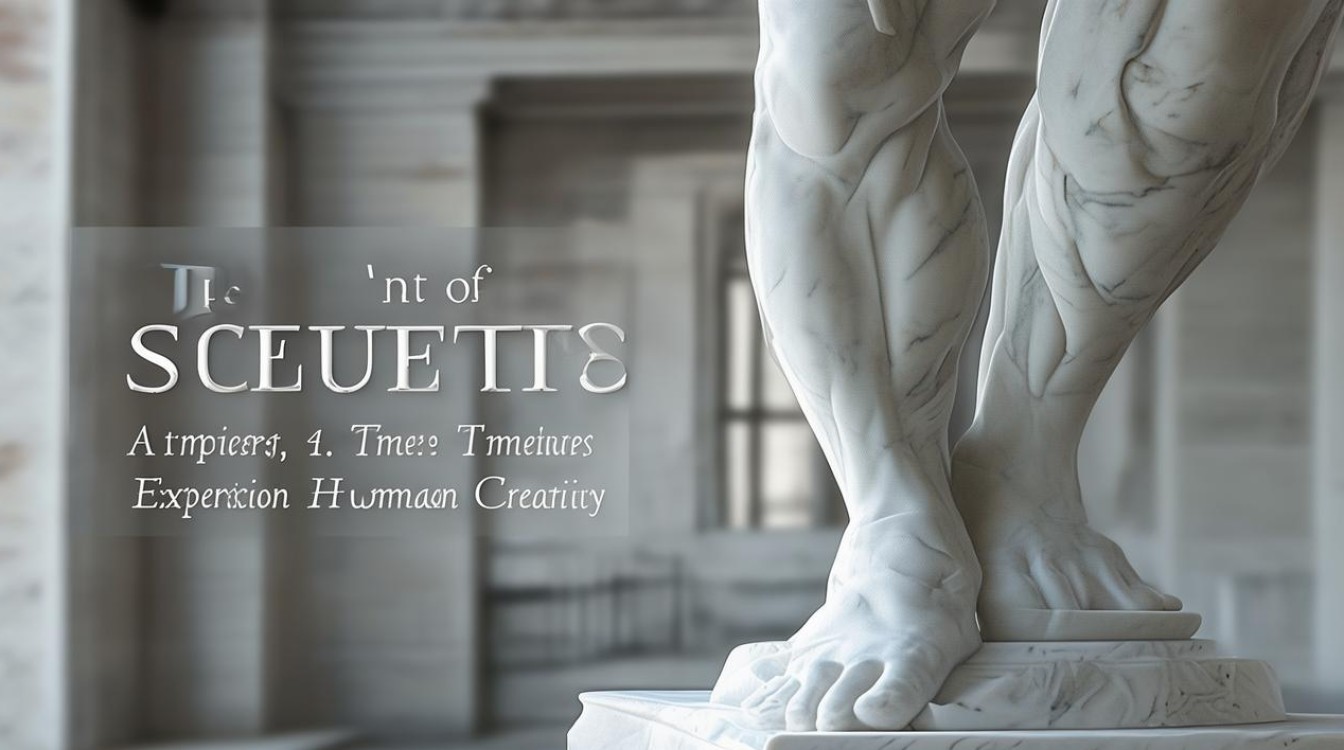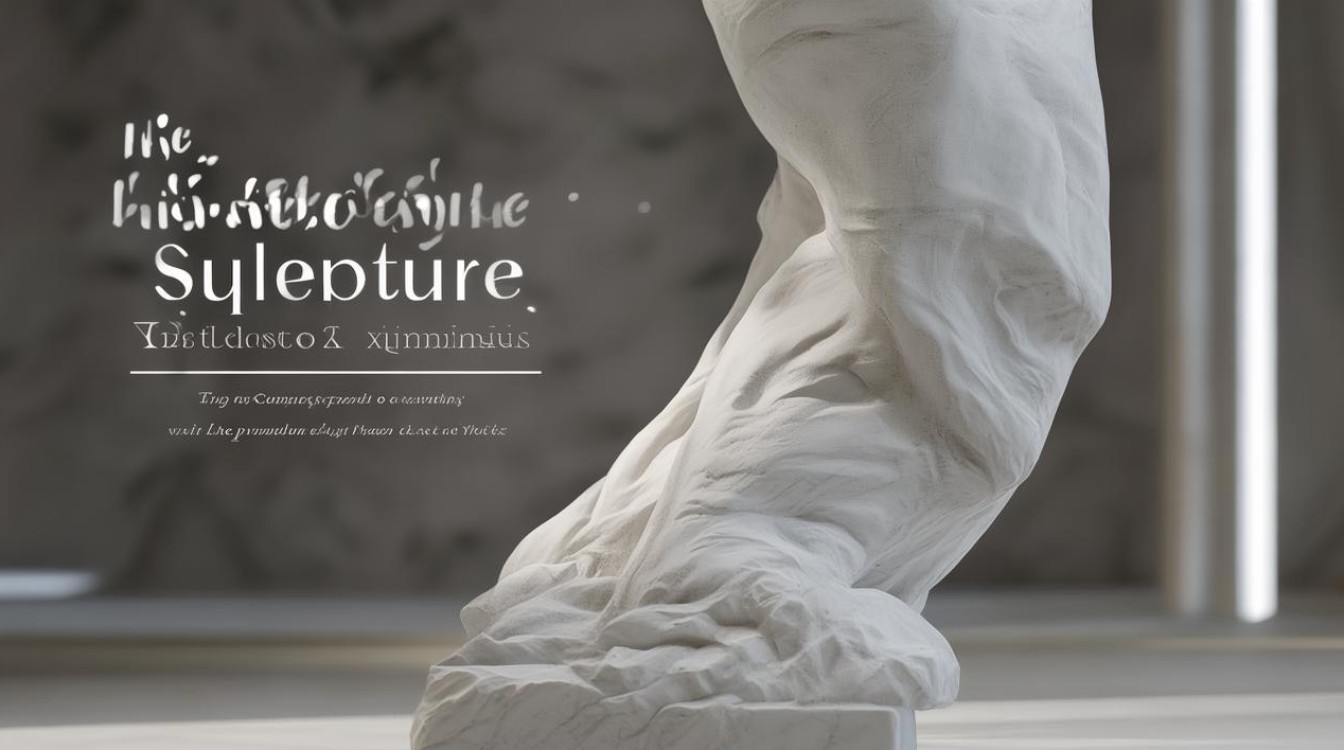Sculpture has been a fundamental form of artistic expression for thousands of years, capturing the essence of human emotion, culture, and history. From ancient stone carvings to modern abstract installations, sculptures serve as a bridge between the past and present, allowing us to connect with the thoughts and visions of artists across different eras. This art form is not merely about shaping materials but about conveying meaning, telling stories, and evoking deep emotional responses.

The Origins and Evolution of Sculpture
The earliest sculptures date back to prehistoric times, where humans carved figures from bone, stone, and wood. These primitive works often depicted animals, deities, or fertility symbols, serving religious or ritualistic purposes. As civilizations advanced, so did sculptural techniques. The Egyptians created monumental statues of pharaohs and gods, while the Greeks perfected the human form with lifelike marble and bronze masterpieces.
During the Renaissance, artists like Michelangelo and Donatello revived classical ideals, producing sculptures that celebrated human anatomy and movement. The Baroque period introduced dramatic, dynamic compositions, while the 19th and 20th centuries saw a shift toward abstraction, with artists like Brancusi and Henry Moore redefining form and space. Today, contemporary sculptors experiment with new materials, digital fabrication, and interactive installations, pushing the boundaries of what sculpture can be.
Materials and Techniques in Sculpture
Sculptors work with a vast array of materials, each offering unique possibilities and challenges. Traditional mediums include:

- Stone – Marble, granite, and limestone require patience and precision, as mistakes are difficult to correct.
- Metal – Bronze casting involves complex processes like lost-wax technique, while steel allows for large-scale modern works.
- Wood – Carving wood demands an understanding of grain and texture, producing warm, organic results.
- Clay – Used for modeling and firing into ceramics, clay is versatile and forgiving.
Modern sculptors also incorporate unconventional materials such as plastic, glass, recycled objects, and even light and sound. Techniques range from subtractive (removing material, as in carving) to additive (building up, as in modeling or welding). Some artists use 3D printing or laser cutting to achieve intricate designs impossible by hand.
The Role of Sculpture in Society
Sculptures serve multiple functions beyond aesthetic appreciation. They commemorate historical events, honor influential figures, and symbolize cultural identity. Public statues and monuments shape cityscapes, becoming landmarks that inspire civic pride. Religious sculptures, whether Buddhist, Christian, or Hindu, facilitate spiritual connection and worship.
In contemporary art, sculptures often provoke thought and dialogue. Installations in galleries and outdoor spaces challenge perceptions, addressing themes like environmentalism, politics, and human rights. Unlike paintings confined to frames, sculptures occupy physical space, inviting viewers to engage from multiple angles, sometimes even interacting with the piece.

Appreciating Sculpture as an Art Form
To fully appreciate sculpture, one must consider several aspects:
- Form and Composition – How does the artist balance mass, volume, and negative space?
- Texture and Surface – Smooth, rough, polished, or weathered surfaces influence the viewer’s tactile response.
- Scale and Proportion – A small figurine and a towering monument create vastly different impressions.
- Context and Meaning – Understanding the historical, cultural, or personal significance deepens appreciation.
Unlike two-dimensional art, sculpture is dynamic. Walking around a piece reveals new details, shadows shift with light, and some kinetic sculptures even move. This multisensory experience makes sculpture uniquely immersive.
The Future of Sculpture
As technology evolves, so does sculpture. Digital sculpting tools allow artists to manipulate virtual models before physical creation. Augmented reality (AR) and virtual reality (VR) introduce interactive, digital sculptures that exist beyond physical constraints. Environmental concerns drive the use of sustainable materials, with artists repurposing waste into meaningful works.

Despite technological advancements, the essence of sculpture remains unchanged—it is a tangible expression of human creativity. Whether carved by hand or designed with software, a great sculpture resonates emotionally, transcending time and language.
Sculpture is more than an art form; it is a testament to human ingenuity. From ancient relics to futuristic installations, it continues to inspire, challenge, and connect us across generations. The next time you encounter a sculpture, take a moment to observe its form, feel its texture, and reflect on the artist’s vision—because every piece holds a story waiting to be discovered.

